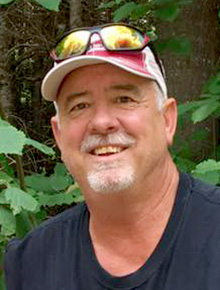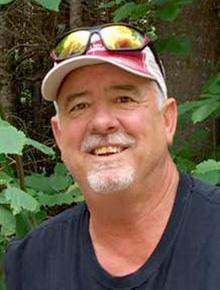
One of the most misunderstood wildlife habitat management practices is spring burning of grasslands. I get calls all the time, and have for the past 20 years, with folks all upset about wildlife management agencies burning all the nests of pheasants, ducks and other ground-nesting songbirds.
I liken burning of grasslands to when you can finally get out in the spring when everybody rakes their yards and applies fertilizer to stimulate the growth of their yard grass. At the same time they apply different chemicals to reduce weeds and prohibit the germination of crabgrass.
All of this work is done in an attempt to make the curbside appeal of their homes as high as it can be. Others water regularly and often on odd-even watering days. These are the proper methods to achieve these desired lawn goals.
Burning grasslands does many of the same things.
There are two basic kinds of grasses: cool season and warm season. Cool season grasses are the ones that will green up in the spring first. The most common cool season grass that you see in wildlife lands is called smooth bromegrass.
This grass is an invasive that has been used for decades in road ditches and was planted in set-aside acres for the federal Conservation Reserve Program.
The problem with this grass is that, although it works well for nesting, it doesn’t provide much shelter for wildlife when the snow flies. If you get half-inch of snow and a wind, this grass will lie as flat as a pancake and then provide no winter cover of any kind of wildlife. The second big drawback to smooth bromegrass is that as a cool season grass it greens up first and will grow 10-inches tall before any of the warm season grasses even begin to grow.
Soil temperatures need to reach at least 65 degrees before warm season grasses get growing. This delay gives the cool season grasses such a big head start every year that they can and do choke out the desirable warm season species.
A field of perfectly mixed warm season grasses, which stand up great in the winter winds and snow, but with no management over a period of 10 years, won’t last because the cold season grasses will choke out the warm season varieties. The invasive cool season smooth bromegrass completely dominates a site within a decade.
Burning the grass in the spring singes off the growing bromegrass and turns the ground black. This black ground absorbs the sunlight and heats the soil in a very short time. The result is the warm season grasses will start growing about 30 days earlier then they normally would.
The jumpstart of the desirable warm season grasses sets back the undesirable smooth bromegrass. Fire also burns the many small volunteer trees that like to overgrow grassland habitats. Trees in grasslands reduce nesting cover and make grassland habitats less productive.
In essence the burning of wildlife habitat in the spring provides the same type of benefits as the lawn care.
But what about the wildlife nests?
Spring burning is a short-term pain for a much higher long-term gain. You do burn some nests and those birds will have to re-nest in a different location. This is why experts never burn the entire spot. Usually about 30 percent of an area is burned, leaving lots of other nesting grass for the nests that were not destroyed. Burning is not completed after May 20, a date before the peak of the nesting efforts begin.
So, the next time you see a spring fire in wildlife habitats, remember that the end result of that burn is more birds, better habitat and higher wildlife production overall.
Scott Rall, Worthington, is a habitat conservationist, avid hunting and fishing enthusiast and is president of Nobles County Pheasants Forever. He can be reached at scottarall@gmail.com. or on Twitter @habitat champion.



